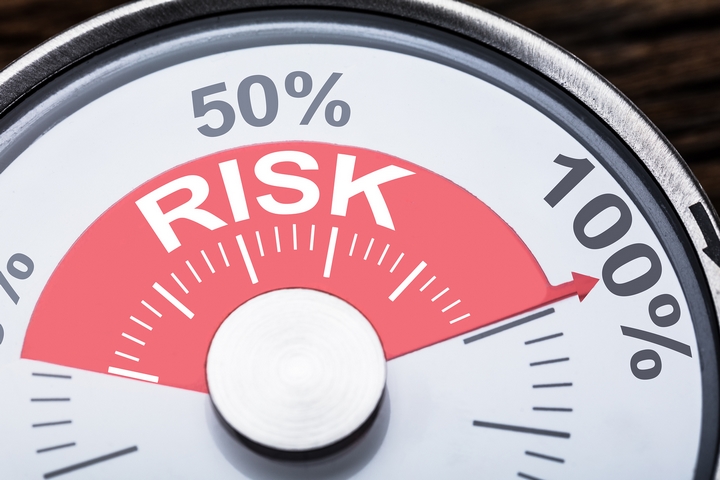
Almost every successful businessperson has had to take some risks at one time or another. Entrepreneurs are by nature risk takers. However, different people have different levels of affinity for risk. Venturing into any business comes with some degree of legal, operational or financial risk. A risk is a probability that there will be an occurrence that will adversely affect the realization of objectives.
Risk management is the evaluation, prioritization, and identification of risks. This is then coupled with the economic application of resources to monitor the impact of unfortunate events. Many businesses employ trained personnel to help deal with real risks. Some organizations go to the extent of setting apart departments to specialize in the management of risks.
The following risk management steps and principles are essential in the success of any business:
Step 1: Establish the Context

The content defines the scope of risk management. Risks may arise from external or internal factors (external or internal context). The external context is the environment in which a business operates. In the SWOT analysis, the external context looks into the opportunities and threats. The internal context is the internal environment of a company. Factors to look into the internal context include strengths, weaknesses, structure, roles, governance, and accountability.
Step 2: Identification of Risk

Risk identification lays the foundation for risk management. It involves identifying potential risks that could hinder the business from achieving set objectives and requires knowledge of the social, political, economic environment and market in which the company operates. Poor risk identification may result in significant losses. The impact of a risk on business can only be controlled if the risk is identified beforehand.
Step 3: Communicating the Risk

For effective communication, there has to be a communicator and an audience. The communicator’s primary objective is to make known the potential hazards and risks to all the internal publics of the organization. Effective communication of risk helps in diffusing problems, ranging from damage of property to litigation and losses.
Step 4: Analyzing Risk

In risk analysis, you first need to identify the potential threats and then establish what the probability is of the risk materializing. An effective risk analysis should make it easy to understand the primary risks. If the analysis is carried out effectively, it aids in a business’s decision-making mechanism. The fundamental impediment in risk analysis is determining the rate of occurrence since not all past events provide statistical information.
Step 5: Prioritize the Risk

Having an extensive list of risks is unsettling. You can, however, manage this by simply categorizing risks according to magnitude. The risk could be high, medium or low. The high risks can derail the progress of a project and hence need immediate attention. This is not to mean the other risks are not significant, but they are probably not serious enough to threaten the success of your project. Risk prioritization enhances efficiency in the management of risks.
Step 6: Potential Risk Treatment

The techniques to manage risk are classified into four major categories.
a. Risk transfer – The expected party transfers losses to another party for costs, especially in the case of insurance contracts.
b. Risk avoidance – This is when you completely avoid activities that could result in risks.
c. Risk retention – Two main ways of achieving this is by self-insurance and captive insurance.
d. Risk control – This can be done by either avoidance or risk control.
7. Come Up with a Risk Plan
The risk plan should propose working security controls for managing risks. An effective risk management plan involves making a list, prioritizing risks, developing an action plan, human resource deployment and communication.
Step 7: Implementation

For risks that are to be transferred, purchase insurance policies. Keep off all risks that can be avoided and follow the established methods of dealing with risks.
Management of risks is critical to any organization. Managers must develop a holistic approach to running their departments. There is no ‘one size fits all’ when it comes to managing risks. Risks are specific to businesses, and what is risky for one business may be a non-issue for another.
It is, however, important to start the risk management process at the early stages of a project. It is also important to develop risk control plans, which should be updated as the project advances. Mark Zuckerberg says that ‘the biggest risk is not taking any risk,’ especially in a fast and furiously changing world. The only strategy that is guaranteed to fail is not taking risks.
If you want your business to succeed, be prepared to take some risks. However, taking a business risk does not mean being reckless. The risks should be appropriately managed to avoid potential pitfalls. They should also be well calculated and hedged to avoid making mistakes from which you may never recover.


